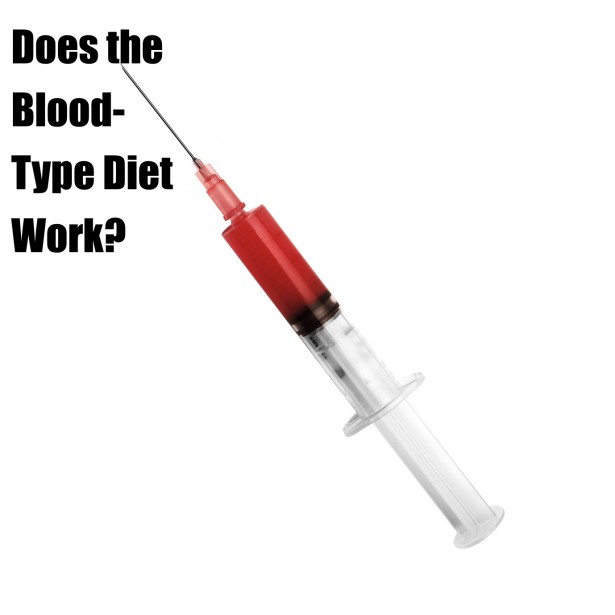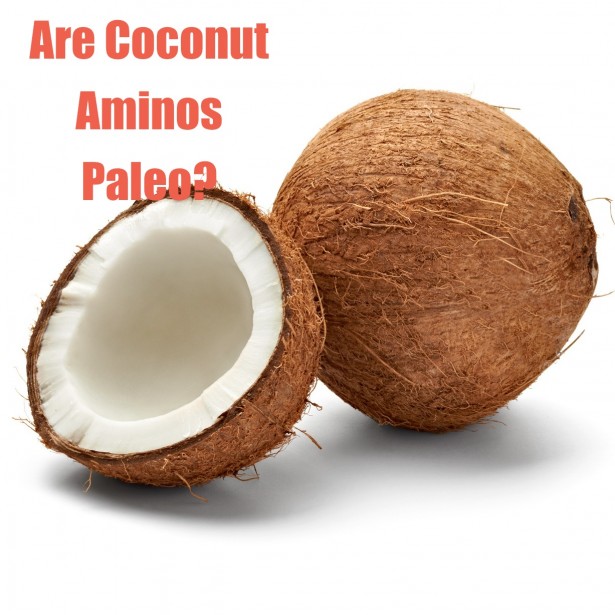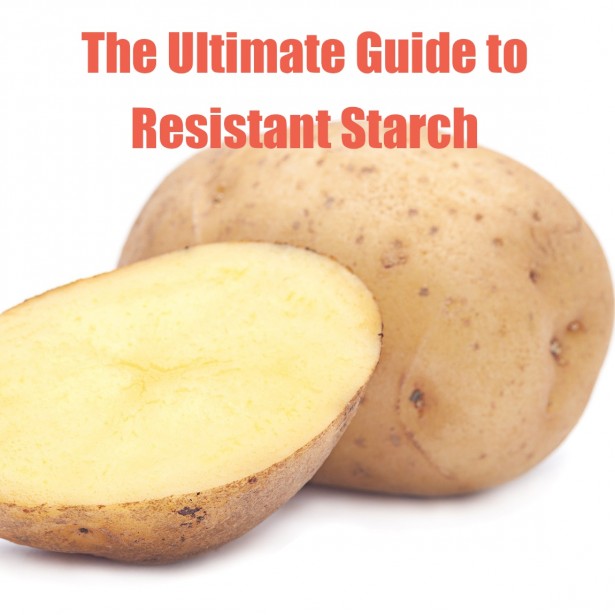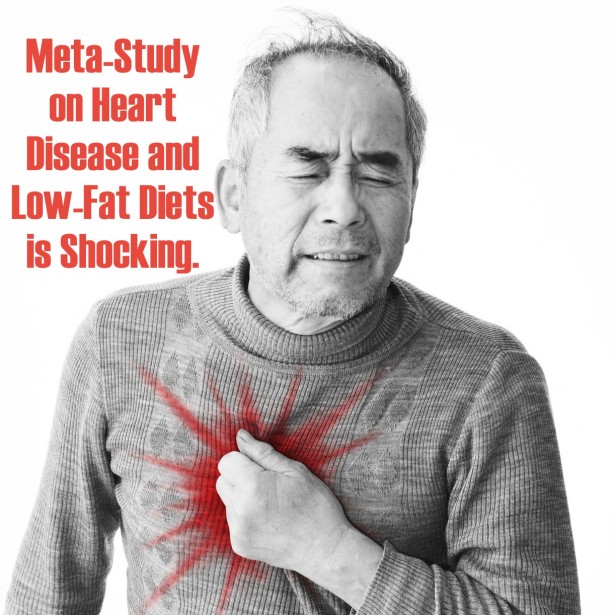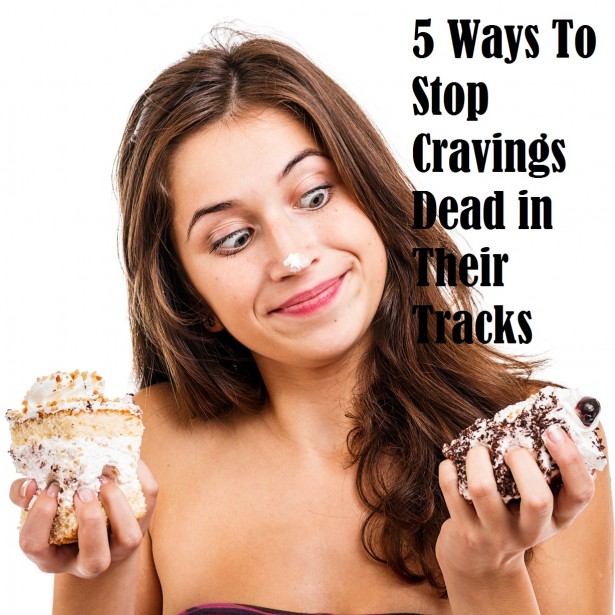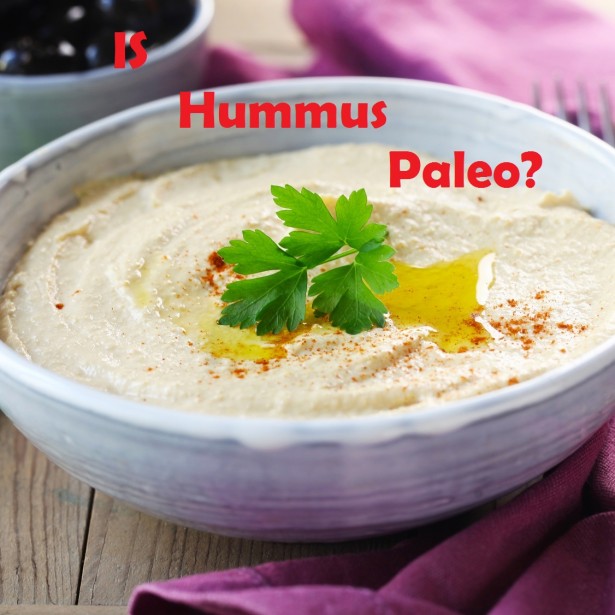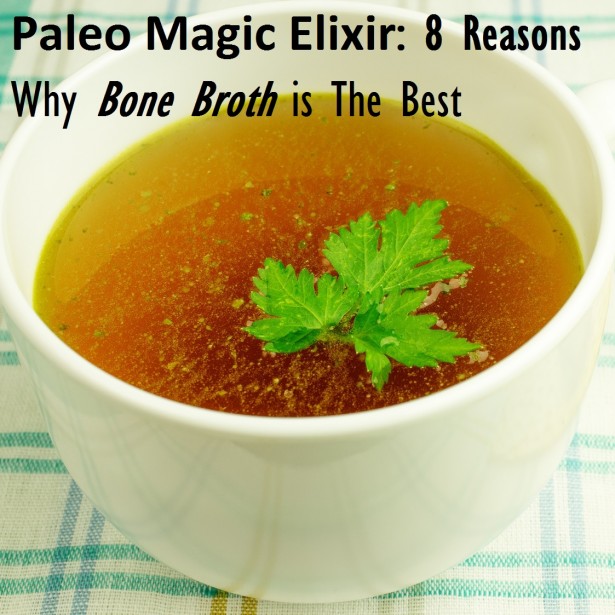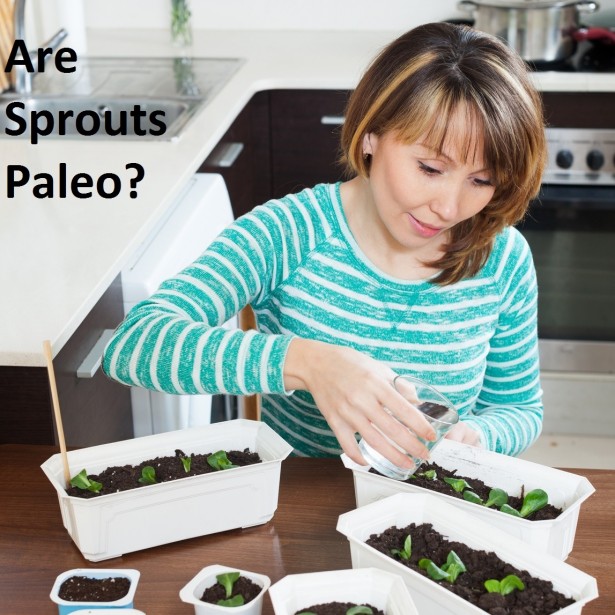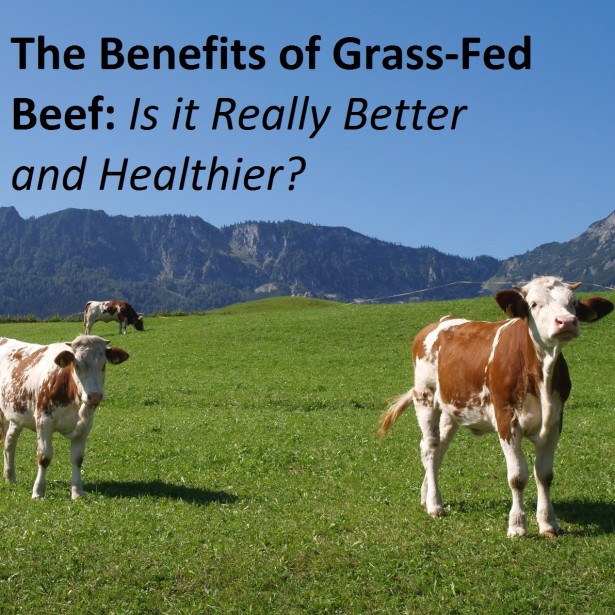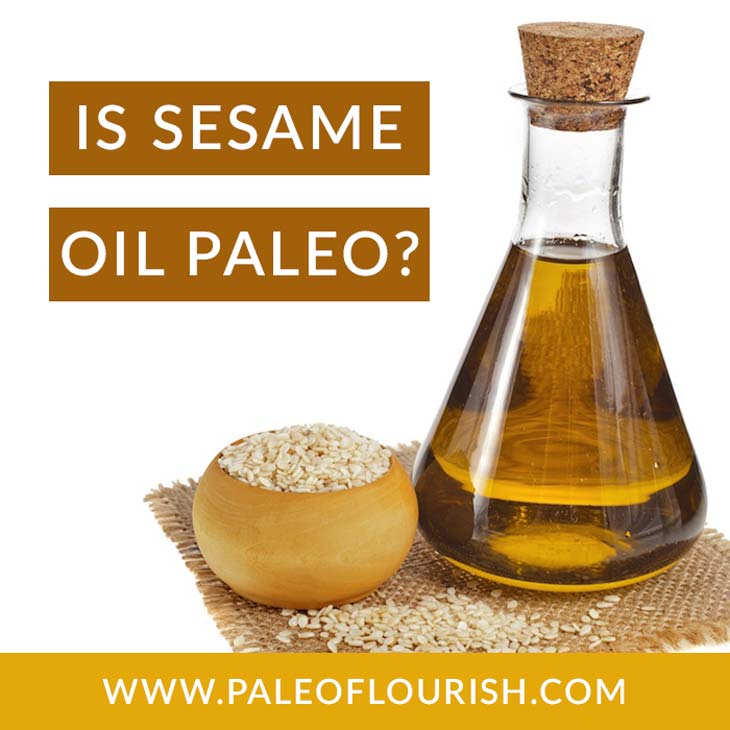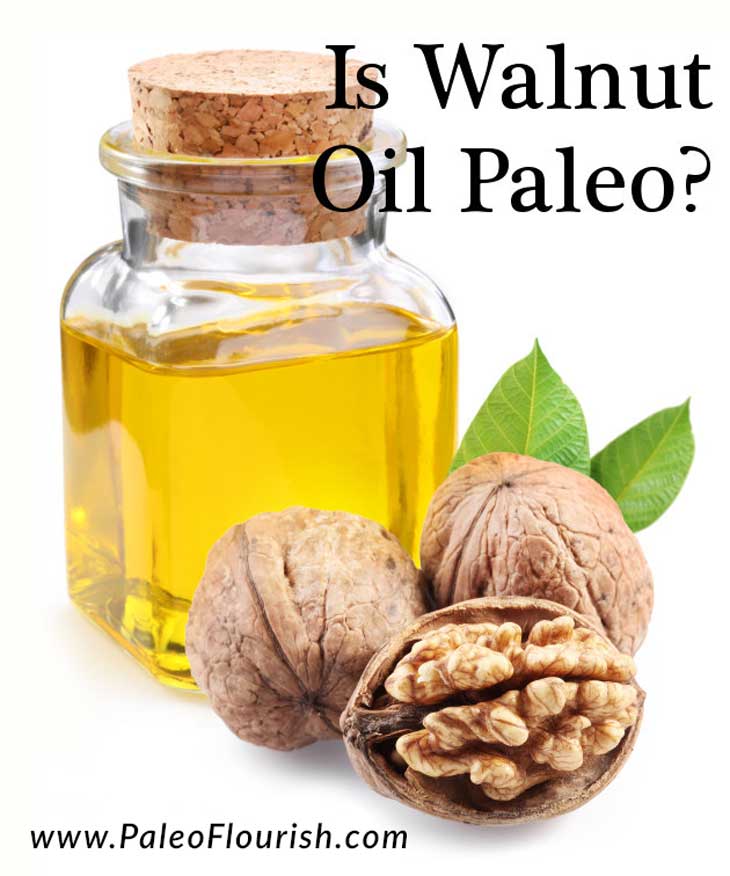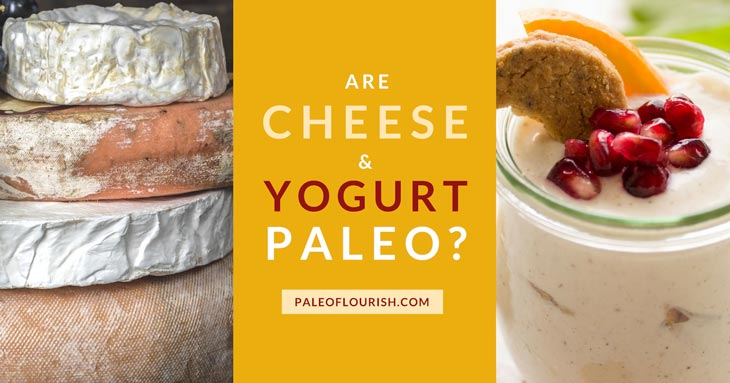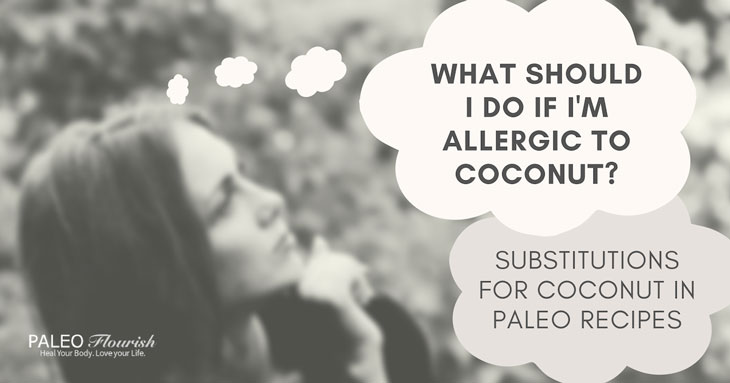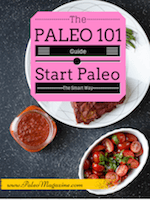
Does the Blood-Type Diet Work?
You might have heard of the Blood-Type diet.
After all, the book on which it is based, Eat Right for Your Type, was a New York Times bestseller and has been translated into over 50 languages.
Surely, there must be a lot of good reasons that it’s such a popular diet, right?
Not Really.
The Blood-Type Diet Has Zero Scientific Backing
There’s never been any evidence, controlled or otherwise, to prove that the Blood-Type diet works or even theoretically should work.
But that’s not proof that it doesn’t work. Science sometimes takes a long time to prove that things work.
Continue reading
Are Coconut Aminos Paleo?
Savory, salty and a delicious flavor enhancer for a variety of dishes, coconut aminos are made from raw coconut tree sap and sea salt, then naturally aged.
It’s also a fermented product.
Used as a substitute for both soy sauce & tamari, as well as Worcestershire sauce, even a few dashes can deepen the flavors of many kinds of foods, from soups to egg dishes to stir-fries. The soy-free sauce also contains 17 different amino acids and is low on the glycemic index.
While a relatively small amount of this sauce is used, the amino acids it contains can rebuild and repair muscle tissue, as well as enhance the immune system and increase our energy.
Did our Paleolithic ancestors take the time (or have the knowledge) to make coconut aminos?
Continue reading
The Ultimate Guide to Resistant Starch
I am a geek for small changes to our diets or lifestyle that might make a big difference.
But I often fight this urge. I fight it because I know that we’re already aware of the changes that will make the biggest differences, and they aren’t just small tweaks. We need to eliminate processed junk food, eat more nutrient-dense real food, sleep a little more, stress a little less, and then once all that is done, address any specific issues that you or I may have. It’s simple but true.
Still, one of the areas of research that has come the furthest in the past 5-10 years is just how important our gut bacteria is to our overall health.
Some rat studies show that if you take the gut bacteria of a skinny rat and surgically implant it into an obese rat, then the obese rat will very quickly get skinny. That’s just one study and example, but it’s a glimpse into just how important gut bacteria is to our overall health.
It Turns Out…Conventional Wisdom Isn’t Entirely Wrong
Eating low fat was a bad suggestion. Turns out that lots of people were wrong for a very long time about saturated fat, cholesterol, sodium, and a whole host of other things.
But one thing they might have been right about (for the wrong reasons) is fiber.
Continue reading
Meta-Study on Heart Disease and Low-Fat Diets is Shocking.
For the most part, conspiracies are 5% reality and 95% myth.
They’re fun to listen to and talk about, but real conspiracies are few and far between, if only because they’re so hard to carry out and keep secret.
And that’s the case for health information. Drug companies and governments may try to push a certain agenda, but you can only hide so much information.
Low-Fat Diets Are One of the Biggest Cons Ever
However, when it comes to recommendations for low-fat diets to reduce the incidence of heart disease, the mainstream health community (and the government) has somehow kept the myth going for over 50 years that low-fat diets reduce the likelihood of heart disease.
Researchers in Germany recently conducted a meta-analysis of long-term, randomized controlled trials on low-fat versus high-fat diets. Here it is:
Continue reading
5 Ways To Stop Cravings Dead in Their Tracks
Almost everybody who starts a Paleo diet has to deal with cravings.
Unless you never ate sugary junk in your life, you’ve had cravings.
But knowing that it’s a universal problem doesn’t make it any easier for you.
Luckily, there are a few tactics that work for almost everybody.
5 Ways to End Cravings
1. Sleep Enough. It sounds like an odd first tactic, but getting too little sleep is a sure way to make you crave junk food. It’s also a sure way to make sure that you don’t have enough willpower to resist.
When you don’t sleep enough, 2 important things happen. First of all, you overproduce cortisol, which tends to make you hungrier, particularly for sugar.
Continue reading
Is Hummus Paleo?
I never had hummus until I got to college.
But I quickly learned to love it. (I was also drinking a lot of margaritas at the same time, which seemed to go very well together.)
Hummus is a popular Middle Eastern dip made from cooked, mashed garbanzo beans, tahini (a paste made from ground sesame seeds), lemon juice, salt, and garlic.
What You Need to Know About Hummus
Its first ingredient should be the big tip-off in whether or not hummus makes the Paleo cut.
Continue reading
Paleo Magic Elixir: 8 Reasons Why Bone Broth is The Best
Liquid gold
Ok, nobody really calls it that. But still.
Bone broth is one of the most loved and admired Paleo foods.
In fact, Louise and I have a dedicated slow cooker in which we make bone broth. And often, we just keep it going 24 hours per day, taking some out whenever we need it and then filling it back up with water.
Bone Broth is a Nutritional Powerhouse
Bone Broth is broth made from the bones of beef or bison, poultry, fish or lamb, with the addition of veggies and spices. Most people use beef bones.
Technically, it should be called “bone stock,” since that’s the correct term for something made with bones (rather than meat, in which case it would be “broth”). But none of that really matters.
In pretty much every culture around the world, some form of bone broth was a regular part of the diet, often used as a base for sauces and soups.
Continue reading
Are Sprouts Paleo?
Sprouts can come from a variety of foods, including legumes, veggies, grains or nuts. This can be confusing when questioning their Paleo-friendliness, as a “sprout” can basically come from anything that has a seed.
What You Should Know About Sprouts
Before you sprinkle those tasty salad toppers, carefully consider the source.
When grains are sprouted, the seed germinates and a chute comes out of the seed. This chute becomes the sprout that is cut off and consumed, as opposed to eating the seed (in contrast to whole grains and wheat flours that incorporate the seed proteins and starches into the milling process).
Once the seed is sprouted, the concentration of lectin (the substance that protect the plant but can be harmful to the body) is decreased within several days time and in several weeks’, levels drop to almost none.
Continue reading
Do You Need to Do CrossFit?
At the risk of being blunt…
Of course not.
There really isn’t anything you need to do (perhaps besides breathing, eating, and sleeping).
What’s Great About CrossFit
CrossFit, if you don’t know, is a particular brand of gym that employs very intense and varied workouts. It’s become hugely popular, with numerous gyms in major cities around the world. The CrossFit Games are shown on television and sponsored by Reebok.
Personally (and this is really a question of opinion), I think CrossFit is terrific.
Continue reading
The Benefits of Grass-Fed Beef: Is it Really Better and Healthier?
Do you really need to eat grass-fed beef? Is it actually healthier? What if you can’t afford it?
In some ways, eating Grass-Fed Beef has become almost synonymous with being Paleo. Whenever someone hears that you’re Paleo, it’s often one of the first things that they tend to ask about.
It’s about time that we revisit some of the facts and myths surrounding grass-fed beef…
What Exactly Is Grass-Fed Beef?
Generally, grass-fed beef is what you think it is, but only in part. Almost every cow in the world eats grass for some of its life (after being weaned off of milk). But here’s the difference:
Continue reading
Do you REALLY need to EAT? (A Guide to the Best Vitamins and Supplements)
Changing the way you eat is difficult. Lucky for you, then, that you can just take a multivitamin and never need to eat any actual foods, right?
It’s estimated that more than one-third of all Americans take a multi-vitamin on a regular basis.
Collectively, Americans spend over $3 billion per year on vitamins and other dietary supplements. This is a huge market, but most products are either unnecessary or ineffective or worse.
So obviously, you should avoid all supplements, right?
That’s an OK think to do I guess, but it’s not what I choose to do…
I Take Vitamins and Supplements.
There. I said it.
And I’m not even talking about any supplements I may have taken from time to time to treat a particular condition. (For instance, I’ve taken Adaptogens and Vitamin C when treating Adrenal Fatigue.)
Nope – I’m talking about taking supplements that aren’t treating any particular condition at all. It’s a conscious decision I’ve made, and it’s one that I support, based on a lot of research but also a lot practical experience, both myself and from observing others.
Doesn’t seem right on a Paleo Diet, does it? Since when did cave people have supplements, you ask?
But before I get to that, let’s get one thing straight.
I don’t know you, and I don’t know what’s best for you
Is Sesame Oil Paleo?
What is Sesame Oil?
Sesame oil has been around for thousands of years and is one of the oldest cultivated oil crops (dating back 4000 years to Babylon and Assyria).
Its distinctive and flagrant flavors make it one of the most popular oils in Asian cooking – you’ll be hard pressed to find an Asian family without a bottle of sesame oil sitting among their cooking oils!
As with most cooking oils, there are many types of sesame oil resulting from different processing techniques. The most common 2 types are:
- Toasted Sesame Oil. This is the type of sesame oil most commonly used in East Asian cooking. To make the oil, the sesame seeds are first toasted (which imparts a rich flavor as well as a dark brown color to the oil) before the oil is extracted from the seeds. Extraction can be done through various methods (including with chemical solvents at high temperatures or with expeller presses at cooler temperatures), and you should check with the manufacturer of your sesame oil to determine what method they use.
- Raw Cold-Pressed Sesame Oil. In the United States, raw cold-pressed sesame seed oil has become increasingly popular. This type of oil starts with the raw sesame seed (no toasting occurs), and the oil is extracted at low-temperatures using high pressure. The lower temperatures that the sesame seed is kept at during the entire process ensures that less of the oil is oxidized. This typically results in a pale yellow oil (less fragrant than the toasted sesame oil).
Is Sesame Oil Paleo?
Quick Answer: No (but ok in small amounts occasionally)
Continue reading
Is Walnut Oil Paleo?
What is Walnut Oil?
Walnut oil is a lightly colored and slightly nutty-flavored cooking oil. It’s often used on salads to give it a slightly nutty taste. However, unrefined walnut oil is generally not used for pan-frying due to its low smoke point (320F or 160C). The oil is also reported to turn bitter when heated (which makes them not all that appetizing).
Is Walnut Oil Paleo?
Quick Answer: No (but ok in small amounts occasionally).
Explanation:
Continue reading
Are Cheese and Yogurt Paleo?
Cheese is Paleo if it’s made from raw milk, and yogurt is Paleo so long as it is full fat, actually fermented, and has no added sugar or other problem ingredients.
During a period 10-15 years ago, no dairy was considered Paleo. However, that view has changed. Generally, dairy is very full of nutrients, and is not really very toxic for humans.
With all that in mind, it’s still best to remove all dairy from your diet when you first go Paleo. And it’s best to keep it out for 2-3 months.
Many people are lactose-intolerant without knowing it, and many people are sensitive to casein (a protein group in dairy). Once dairy has been removed for a while, I encourage adding back raw and/or fermented dairy, but pay close attention to how you feel. If you feel bloated, if your joints feel stiff or achy, or if you notice signs of inflammation like acne, then dairy probably isn’t something you want to continue eating.
Pasteurized dairy is most certainly not Paleo because all of the good bacteria and enzymes in it have been destroyed, making it much less nutritious and harder to digest. Unfortunately, there are many “Paleo” recipes out there that don’t differentiate.
Personally, I handle dairy very well and have been drinking a fair amount of raw milk. Hugely nutritious (relatively high in Vitamin K2), and it’s something I’ve always loved and have access to in California.
Here are some primal recipes with cheese as an ingredient:
1. Mini Cauliflower Crust Pizza Bites
2. Grain Free Chicken Dippers with Buffalo Ranch Dipping Sauce
Here’s a primal recipe using yogurt:
Images (in order): roboppy and Chiot’s Run.
What Should I Do If I’m Allergic To Coconut?
A lot of Paleo recipes call for coconut products in them, and while coconut allergies are very rare, it does occur for some people. If you cannot eat coconut products, then here are some ways of modifying Paleo recipes to avoid coconut.
Recipes with Coconut Flour
Except in cases where coconut is used just as a topping, coconut is often present in Paleo recipes as coconut flour. Coconut flour is a binding agent that holds foods – especially baked goods – together.
There are a number of alternatives like almond flour, tapioca flour, arrowroot powder, and chia flour. Most other “Paleo” flours will work as a substitute, although it may require some experimenting, because different flours cook at different temperatures, dry out at different rates, and bind either better or worse.
Continue reading

